Featured Images
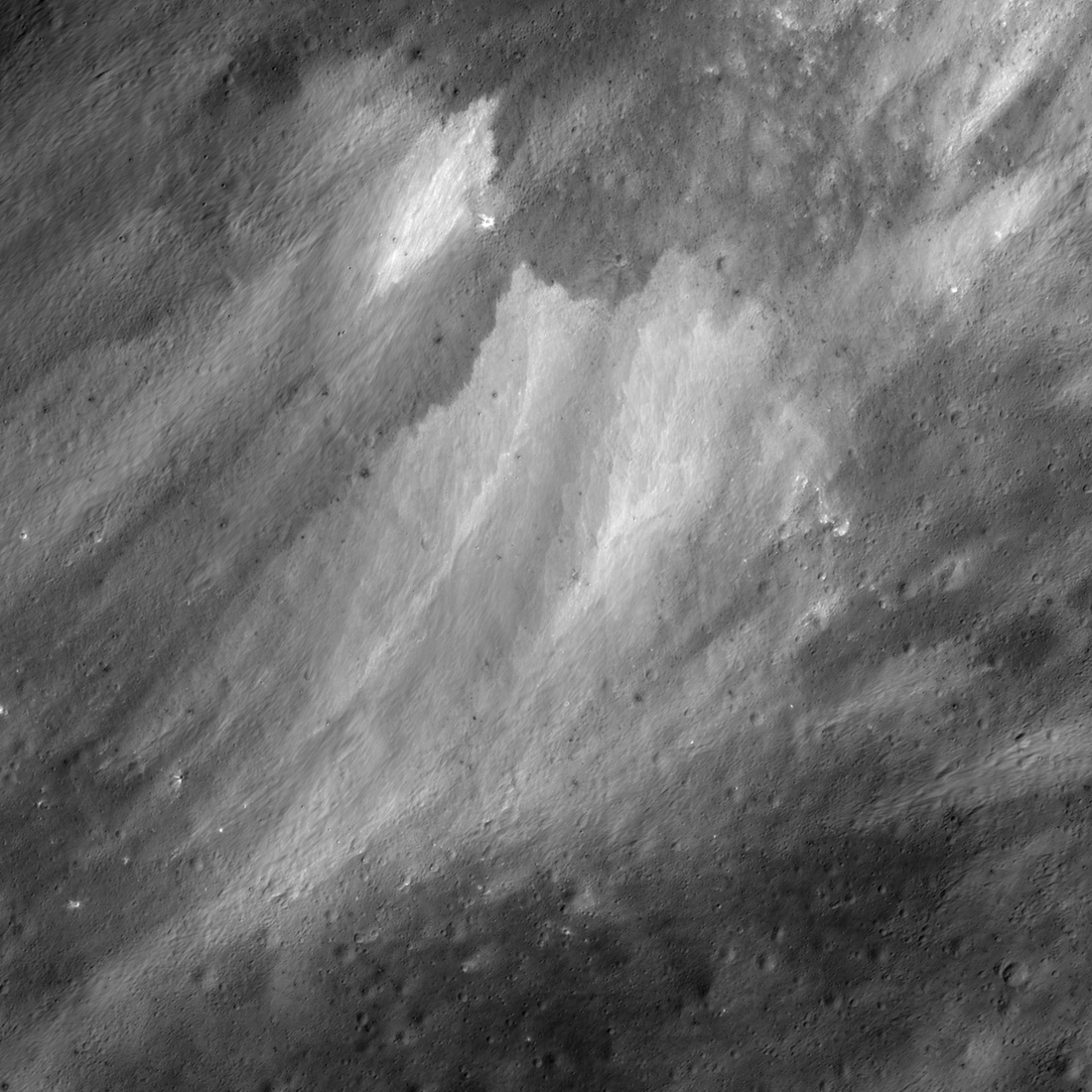
Mesmerizing Patterns
Mesmerizing abstract pattern (17.45°S, 144.75°E) formed as low-angle ejecta from a 2.4-kilometer diameter crater was emplaced from the lower left towards the upper right. The curve indicates the underlying steep slope (20°)....
Published on 28 Jan 2025
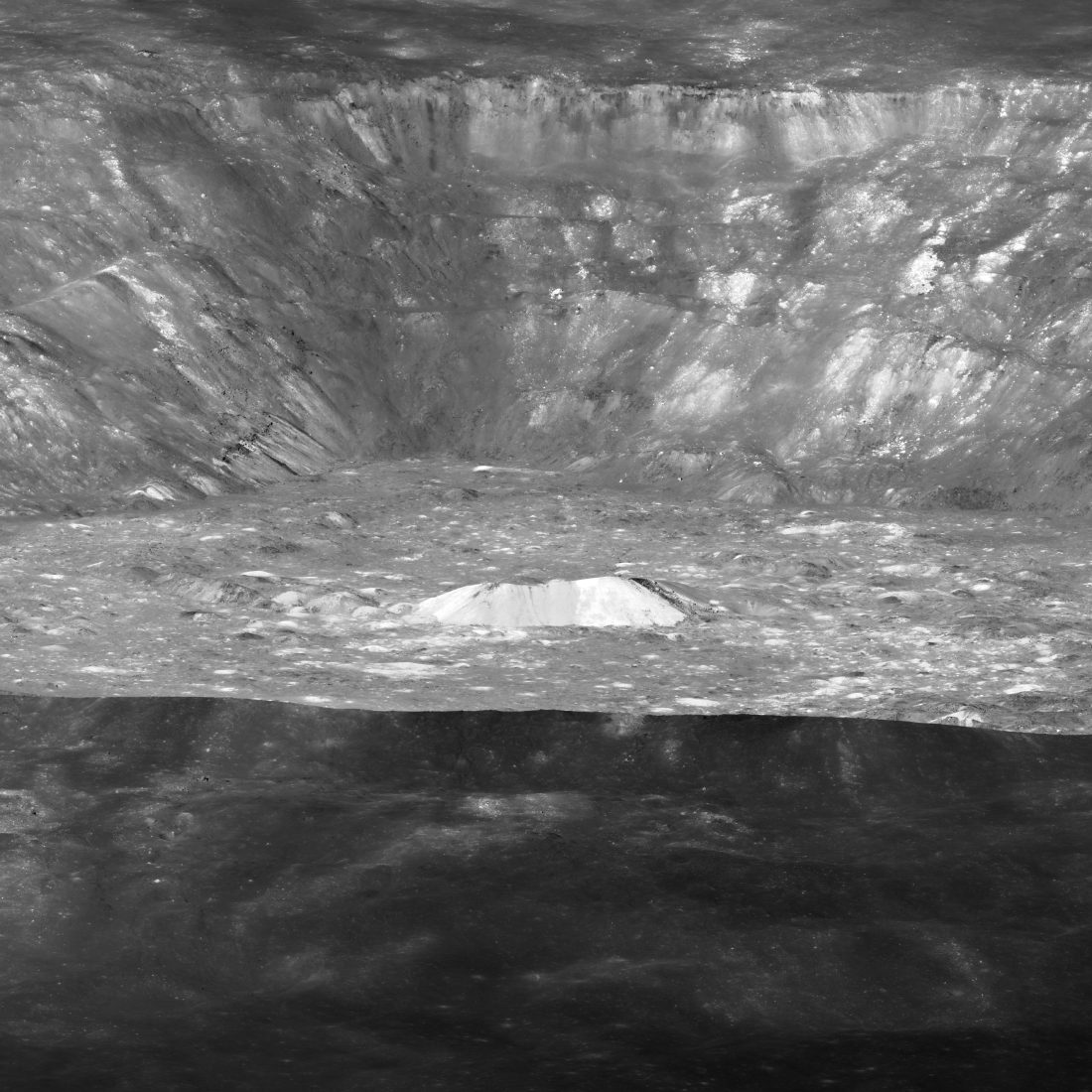
Dramatic Contrast
The dark rim of Aristarchus crater (23.7°N, 312.5°E) dramatically highlights its bright interior and central peak. There are more than 2700 meters of relief from the rim to the crater floor, and the central peak is 3,000 meters wide...
Published on 01 Dec 2022
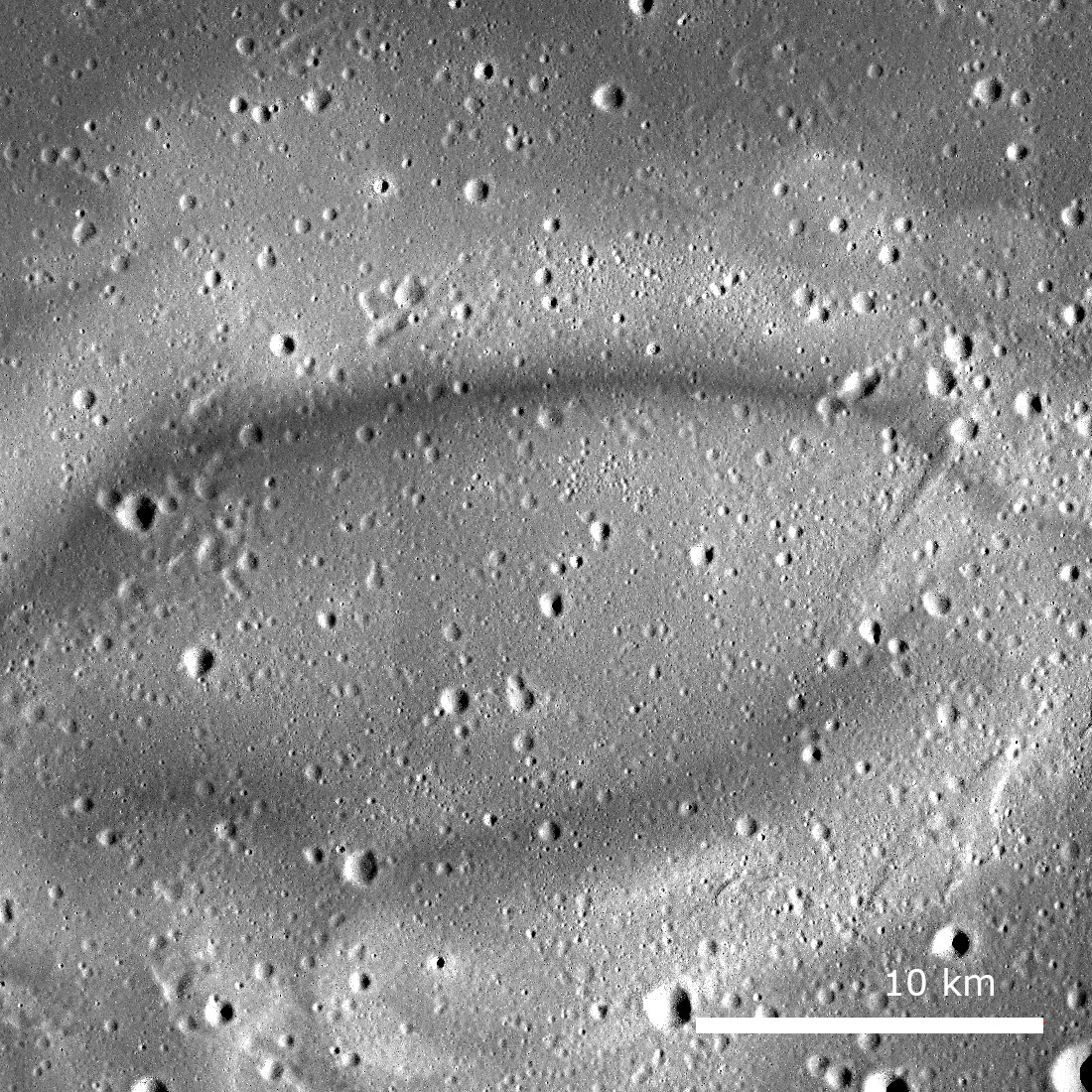
Reiner Gamma: Swirling in Mystery
Reiner Gamma lunar swirl (7.5° N, 301.0°E); NAC controlled mosaic containing images, M1139307518L/R, M1139300406L/R, M1139286182L/R, M1139293294L/R, and M1108661104R [NASA/GSFC/Arizona State University].
Published on 26 May 2022
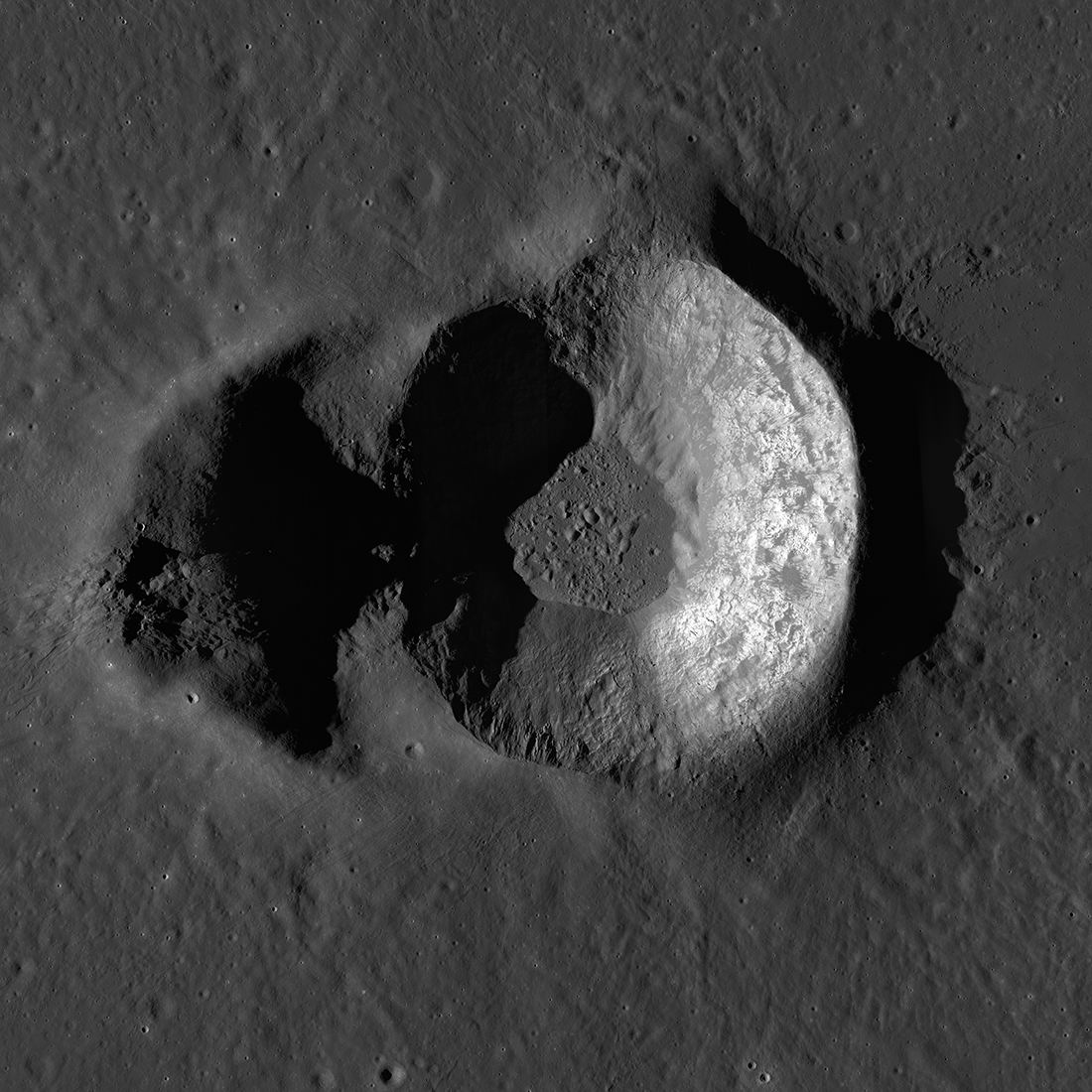
Double Trouble: Messier A
Messier A crater (2.039°S, 46.887°E, 10.6 km across from north to south) feature mosaic, created from NAC images M1188059614LR, M1188045553LR, and M1188052583LR [NASA/GSFC/Arizona State University].
Published on 01 Apr 2020
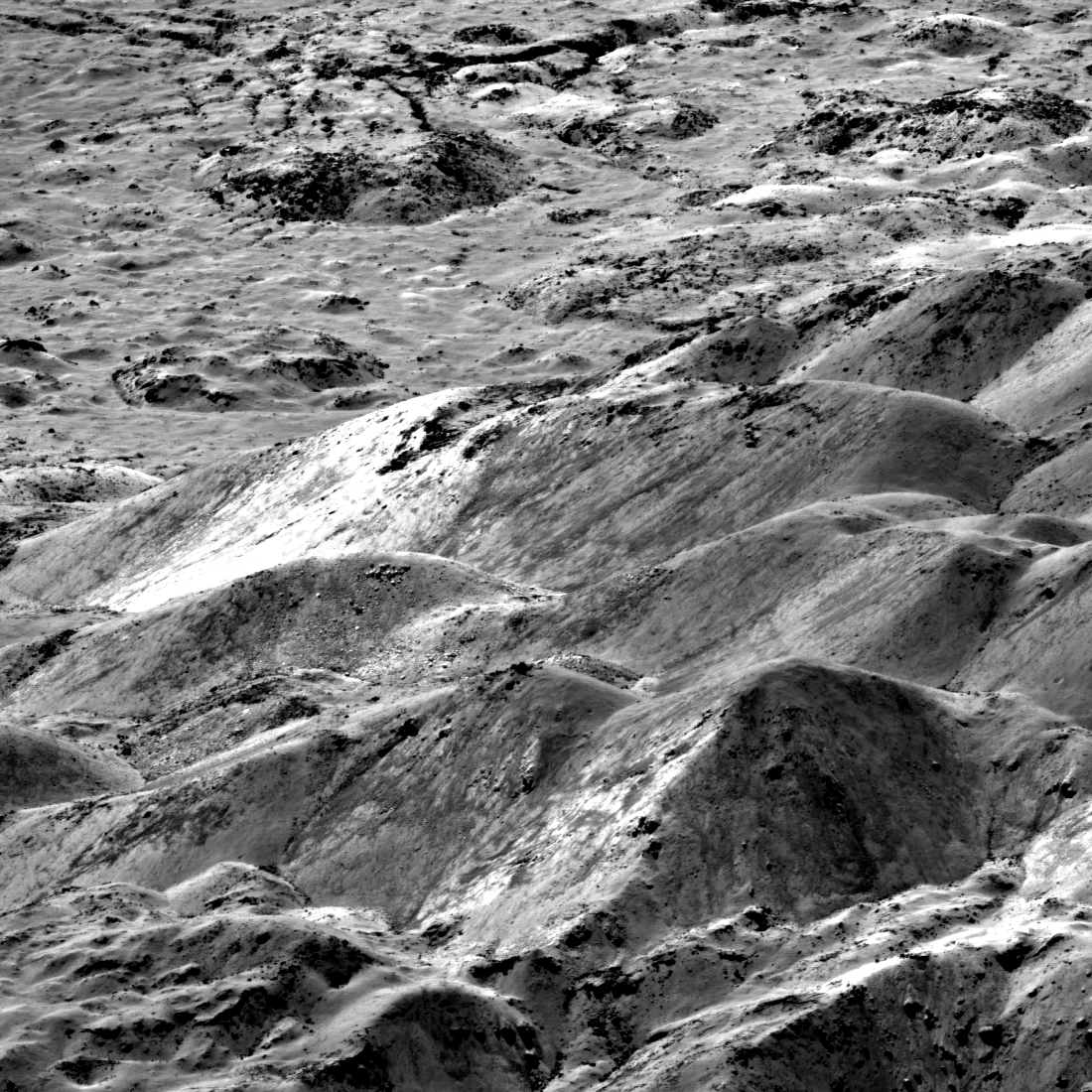
What Lies Beneath
Spectacular contrasts of gray scale in the central peak of Jackson crater signal variations in both composition and maturity (degree of freshness of the surface). Image is 3100 meters wide, north is to the right, M1265842750LR...
Published on 19 Jul 2019
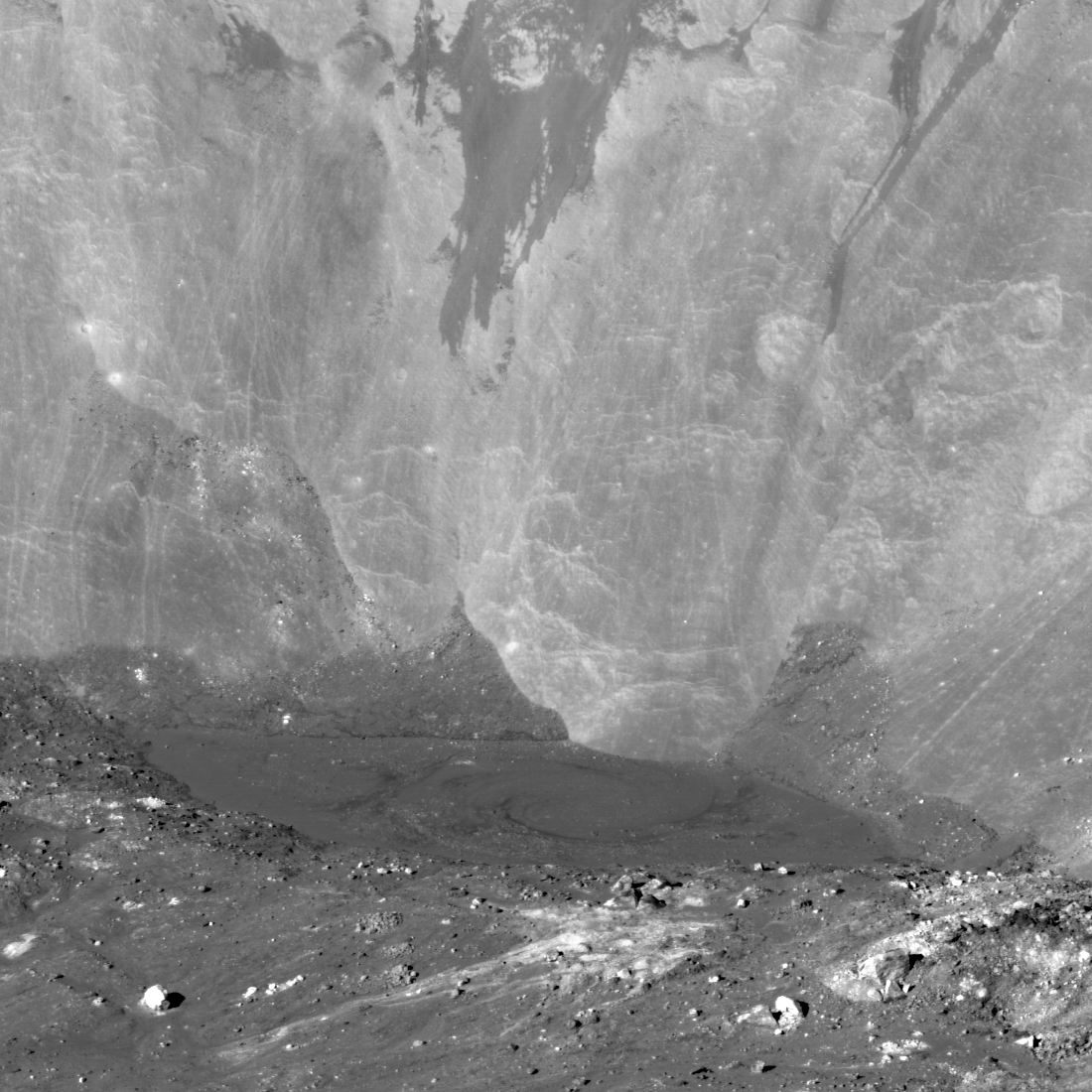
How Spectacular is this View?!?!
Oblique view of what might be the most spectacular young crater on the Moon - Giordano Bruno. The imposing cliff in the background rises 3000 m above the melt pool seen in the middle ground (top of cliff not seen here). Scene is about 3...
Published on 15 Jul 2019
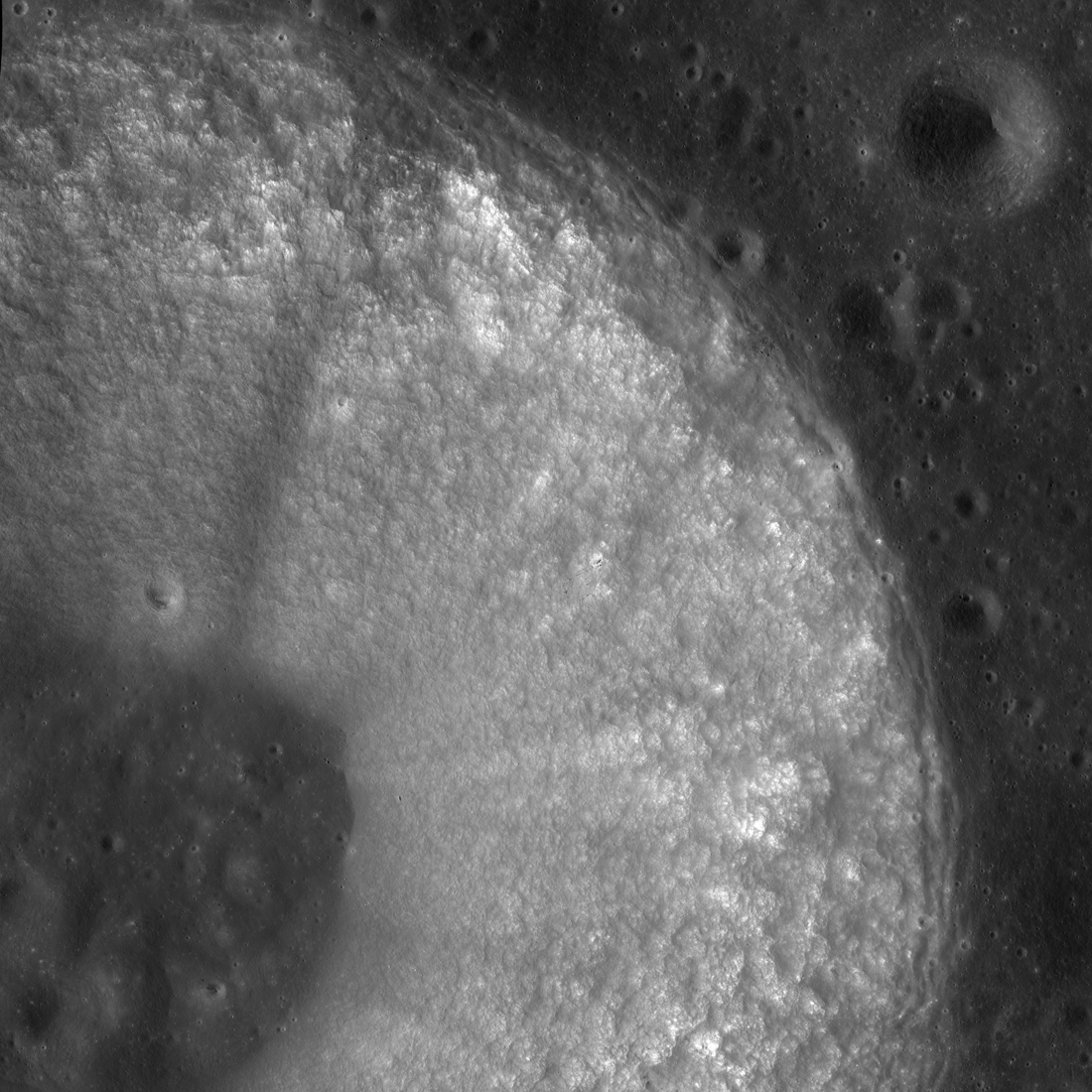
Chladni 225
Chladni crater (center lat 3.96°N, center lon 1.11°E) is a classic bowl-shaped "simple" lunar crater located in Sinus Medii ("central bay"). The image displays the north and east parts of the 13.1-kilometer-wide crater, including part...
Published on 21 Feb 2019
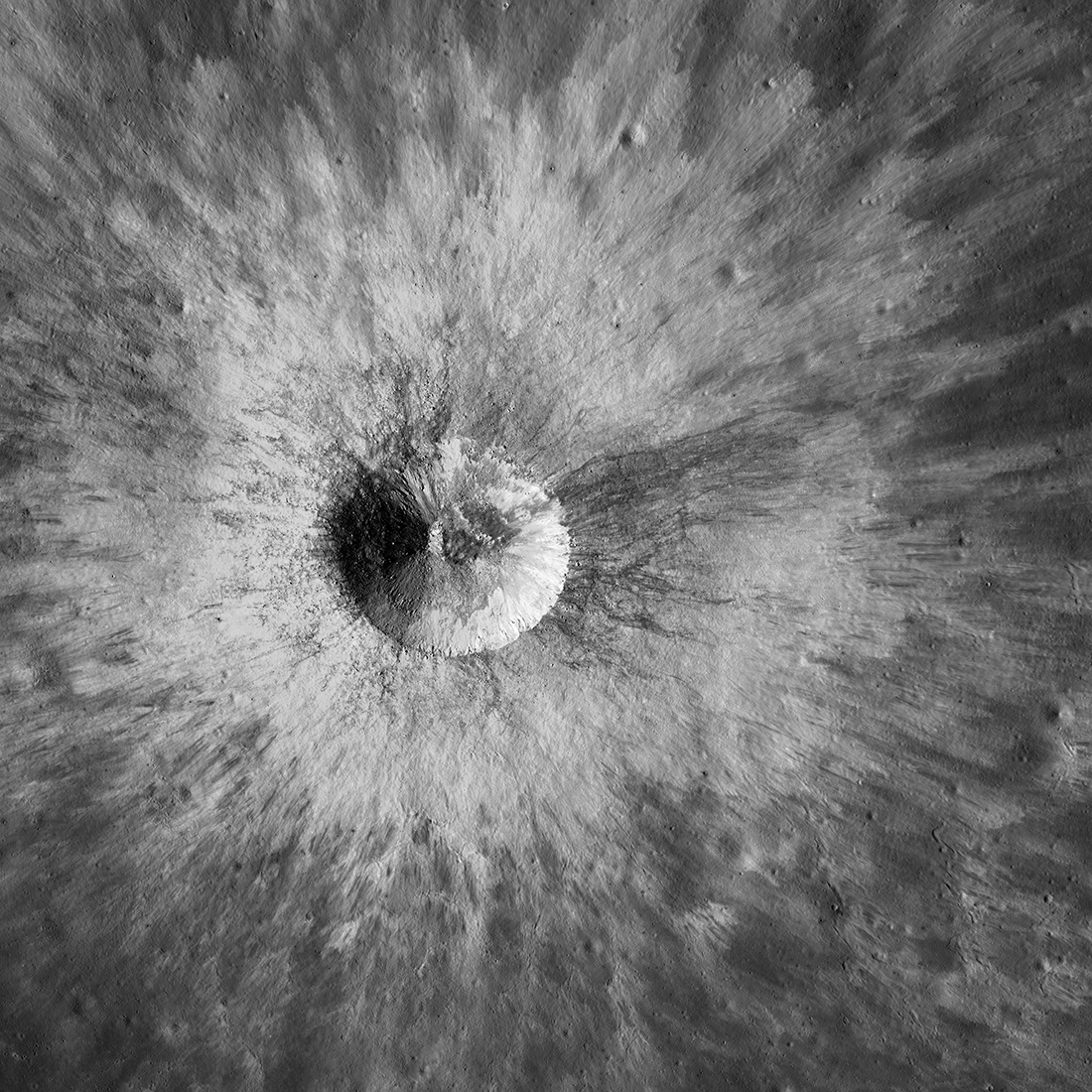
Lunar Beauty
The Lunar Reconnaissance Orbiter Camera imaged this bright young ray crater (3.13˚N, 281.07˚E) on 3 November 2018 — just three weeks ago. The Sun shone from the west (left, 48˚ incidence angle). This image covers an area 8.1 kilometers...
Published on 21 Nov 2018
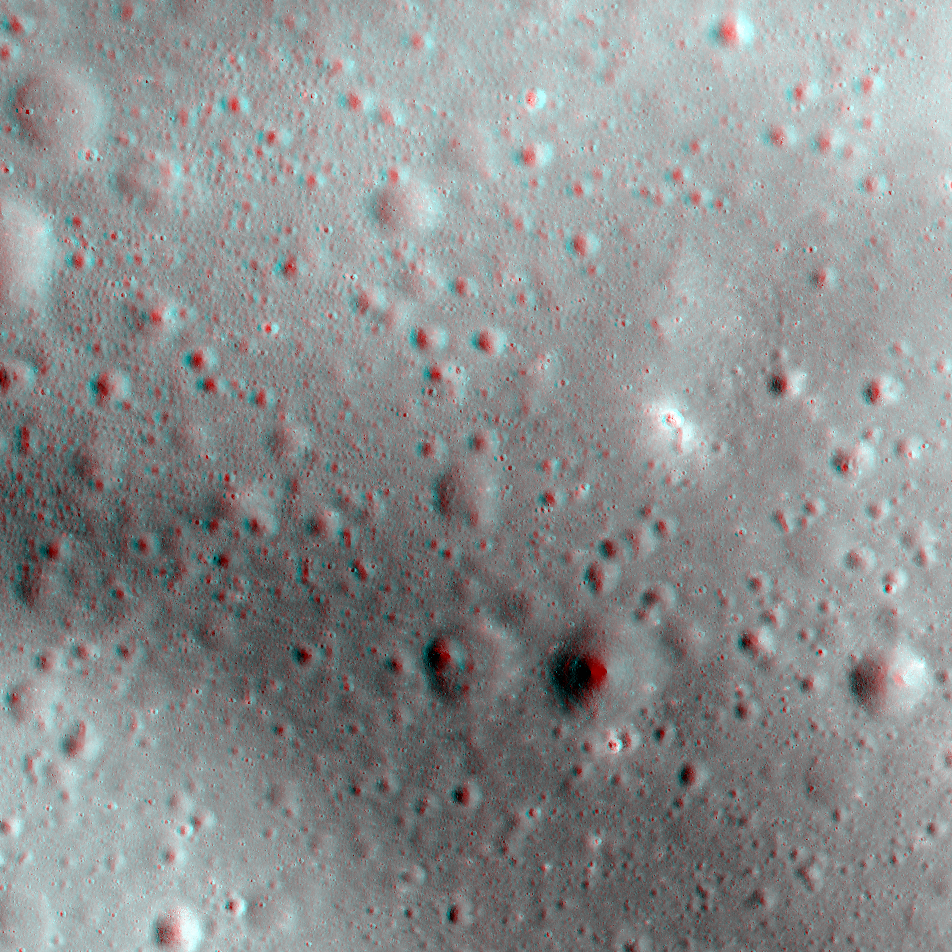
Deflector Shields Up!
Part of the westernmost swirl feature in Mare Marginis. This closeup of the center of the anaglyph strip below highlights an area little more than five kilometers wide. Bright swirl areas appeared "painted on" the landscape. Part of NAC...
Published on 06 Sep 2018
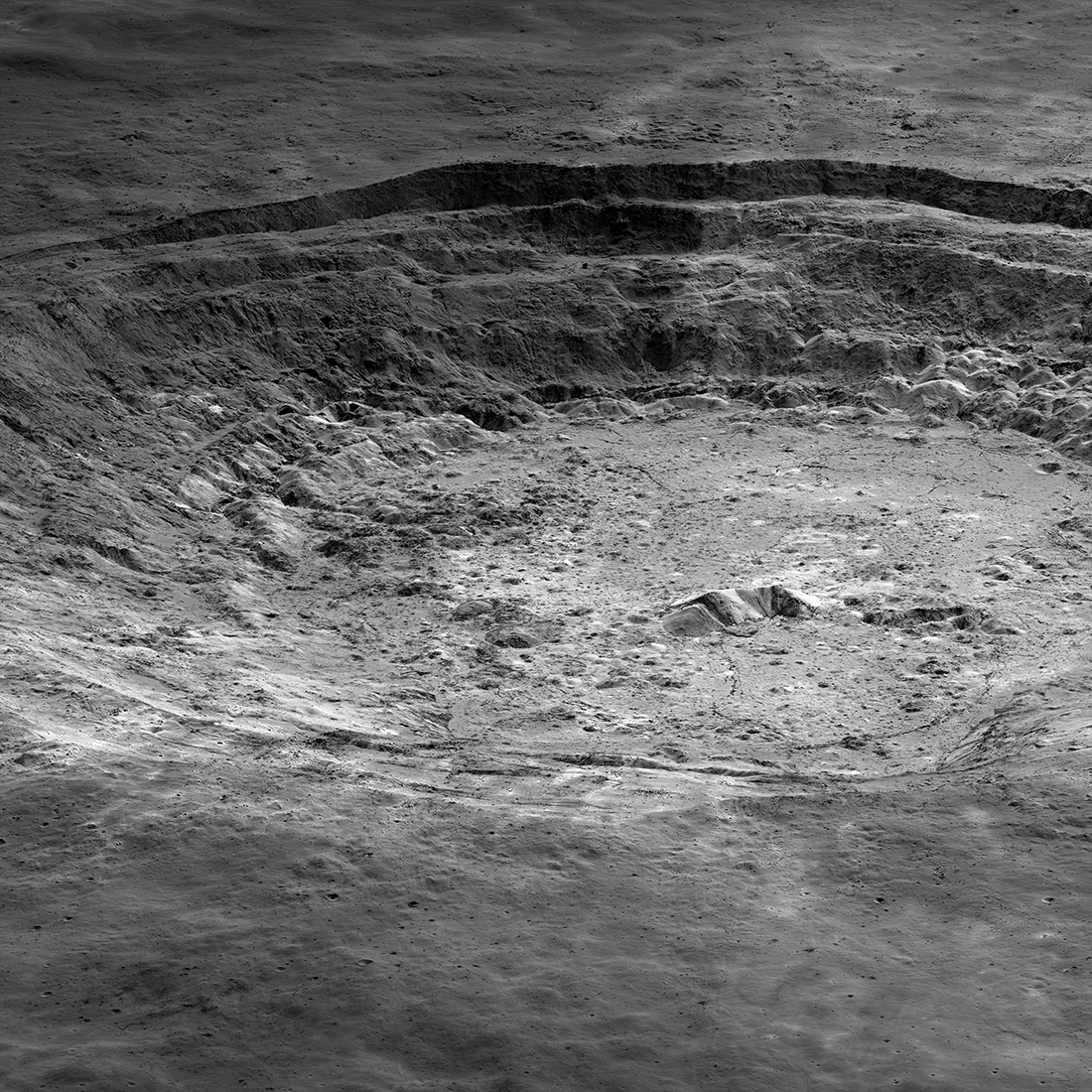
Aristarchus Crater
The Aristarchus crater (40 kilometer diameter, 23.73°N, 312.51°E) and plateau is one of the most geologically complex areas on the Moon. In this amazing picture, the LRO spacecraft slewed 62° (west-to-east) looking across the crater....
Published on 04 Aug 2018
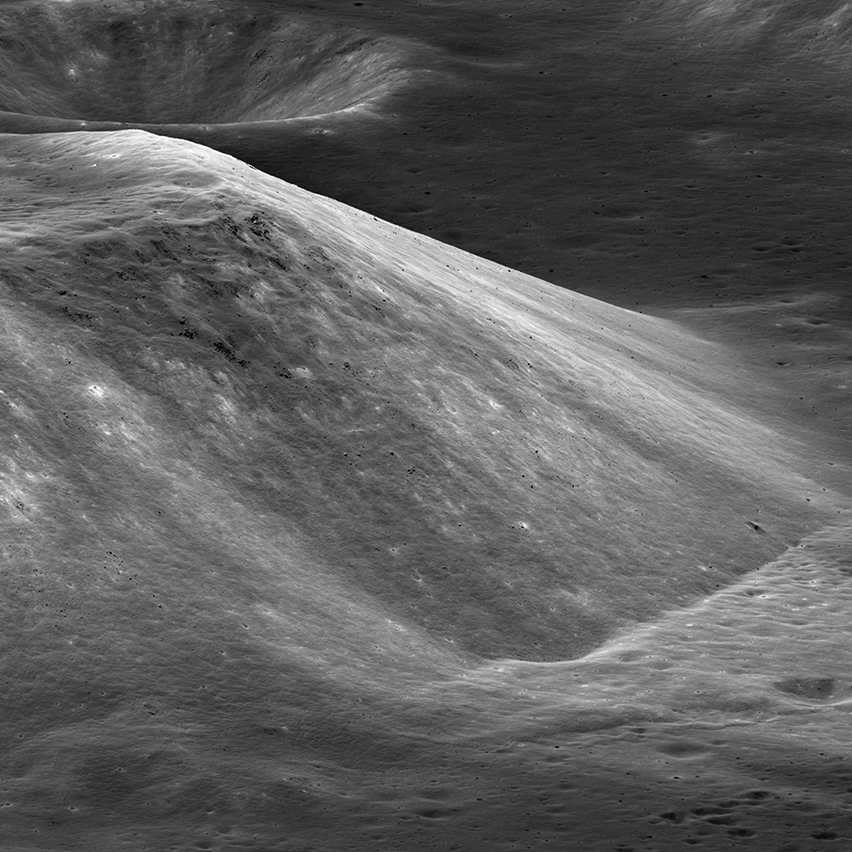
South Massif Landslide
By lunar standards South Massif is a relatively modest mountain, but with a rich history (geologic and exploration). The massif is about 7000 meters across at the base and 2300 meters tall; M1266925685LR, incidence angle 33°, slew angle...
Published on 09 Jun 2018
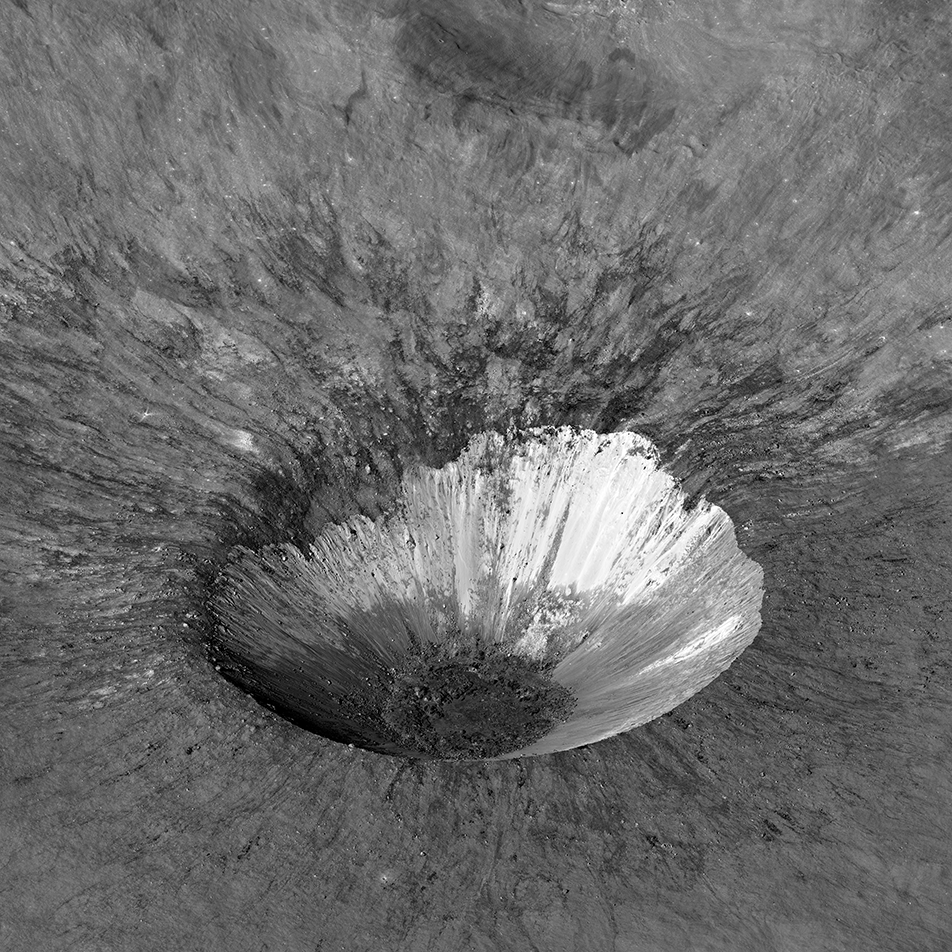
Hell Q Crater
Recent impact craters are some of the most spectacular landforms on the Moon! For example, Hell Q (3.4 kilometers in diameter, 33.0° S, 355.5° E) shows off pristine impact melt that lined the crater walls and pooled in the bottom, now...
Published on 27 May 2018
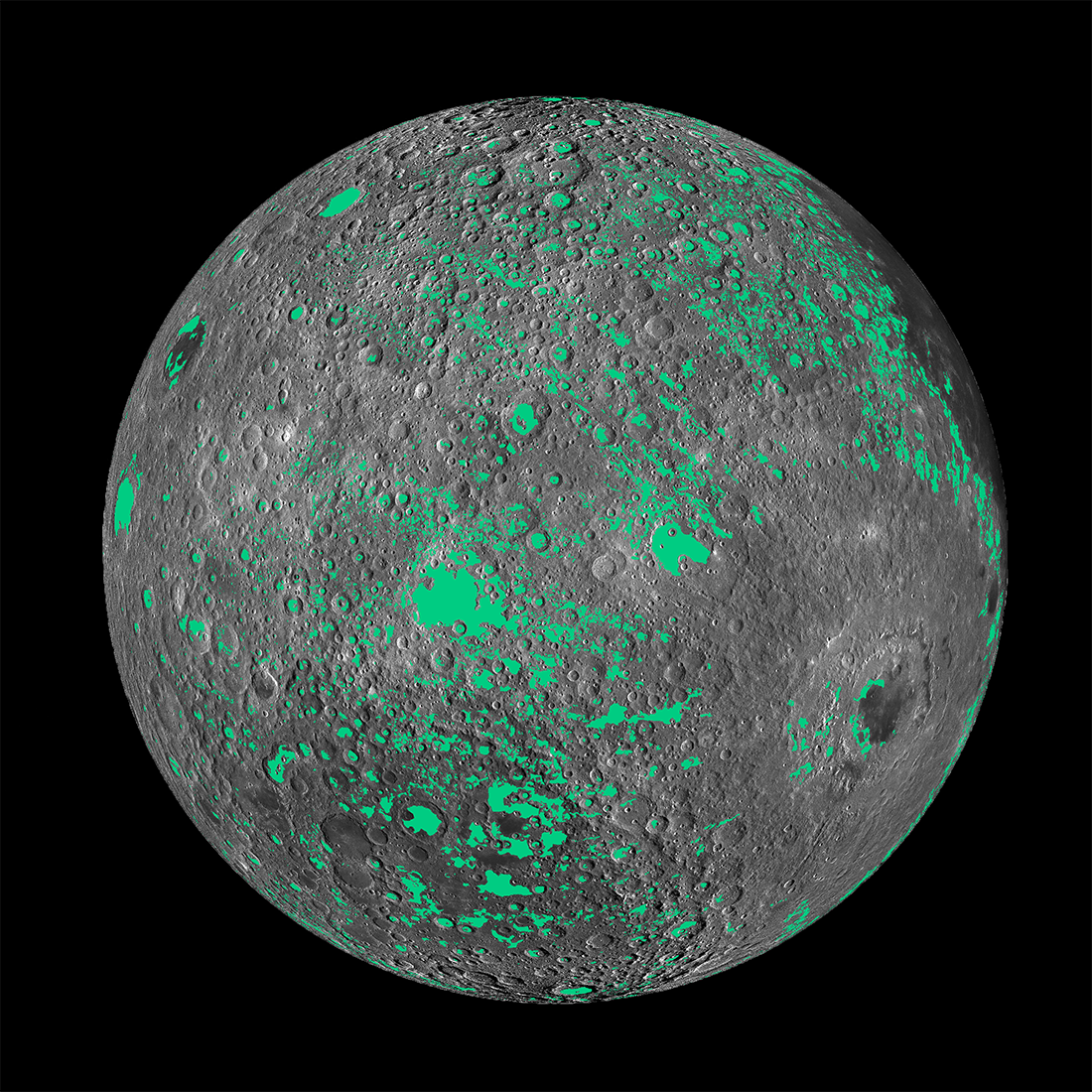
Lunar Light Plains: The Movie
The Orientale Basin, about 950 kilometers wide, is the striking multi-ringed impact feature at lower right. New research suggests that the impact event that formed Orientale may have emplaced light plains deposits - visible here...
Published on 20 Apr 2018
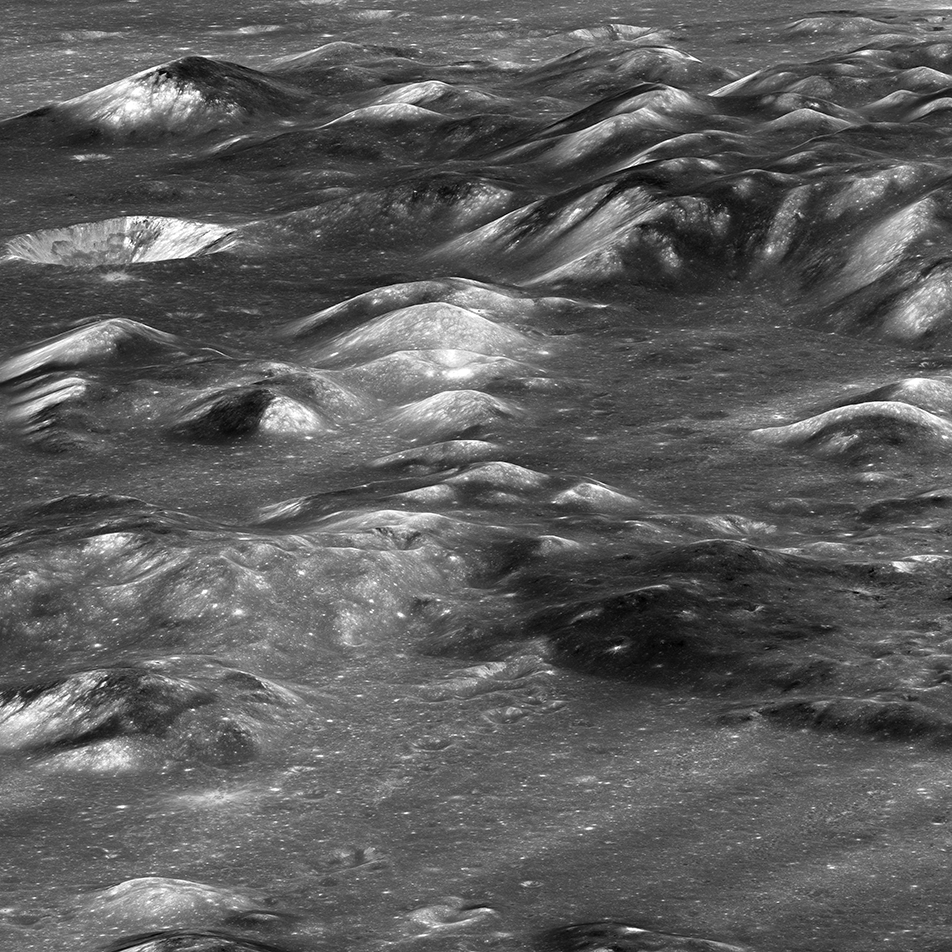
Montes Carpatus
The Montes Carpatus region (16.67°N, 332.93°E) contains numerous examples of volcanic materials. The low albedo (dark) patterns may indicate pyroclastic (explosive) material that erupted over 3 billion years ago. Tobias Mayer G crater...
Published on 08 Mar 2018
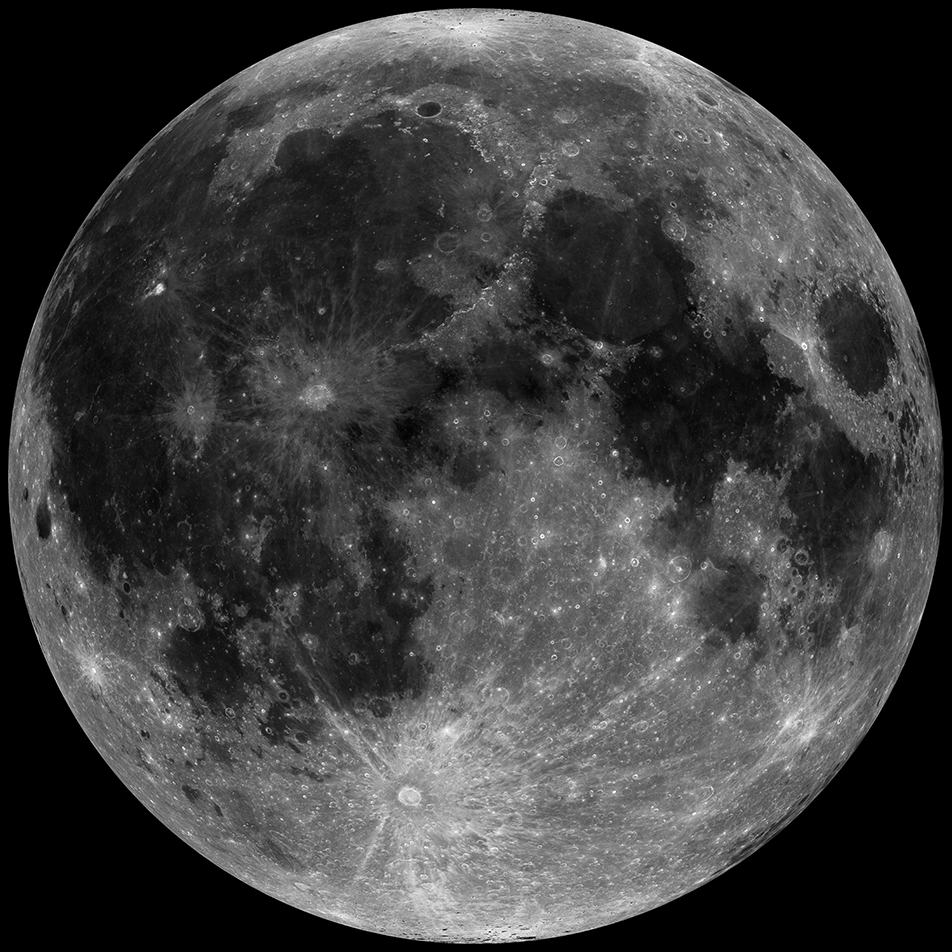
Eclipse!
Super Moon, Blue Moon, Eclipse! All in one month! Look for a spectacular full Moon eclipsed by the shadow of the Earth on the morning of 31 January. Nearside mosaic composed of hundreds images acquired over a 14 day period...
Published on 30 Jan 2018
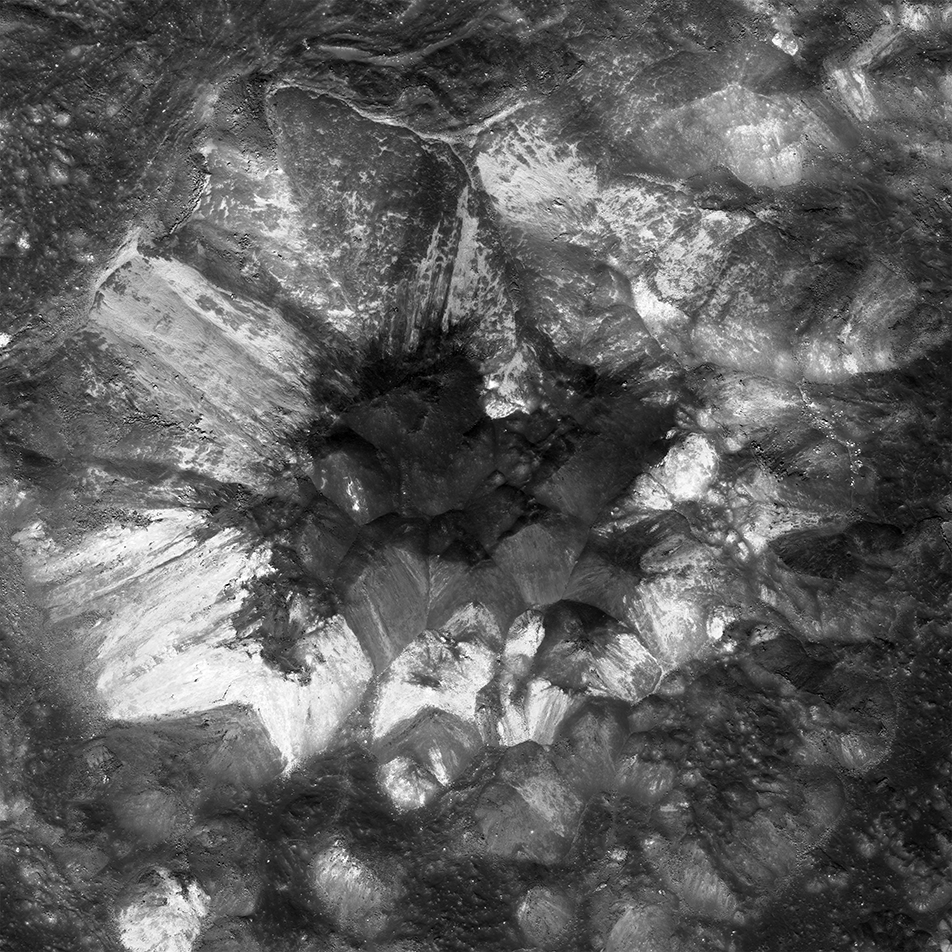
Zowie!
Looking down on the amazing central peak of Jackson crater, which rises 2000 meters above the crater floor. North is to the left; the area imaged measures 10 kilometers from left to right. NAC M1117602006LR [NASA/GSFC/Arizona State...
Published on 09 Jan 2018
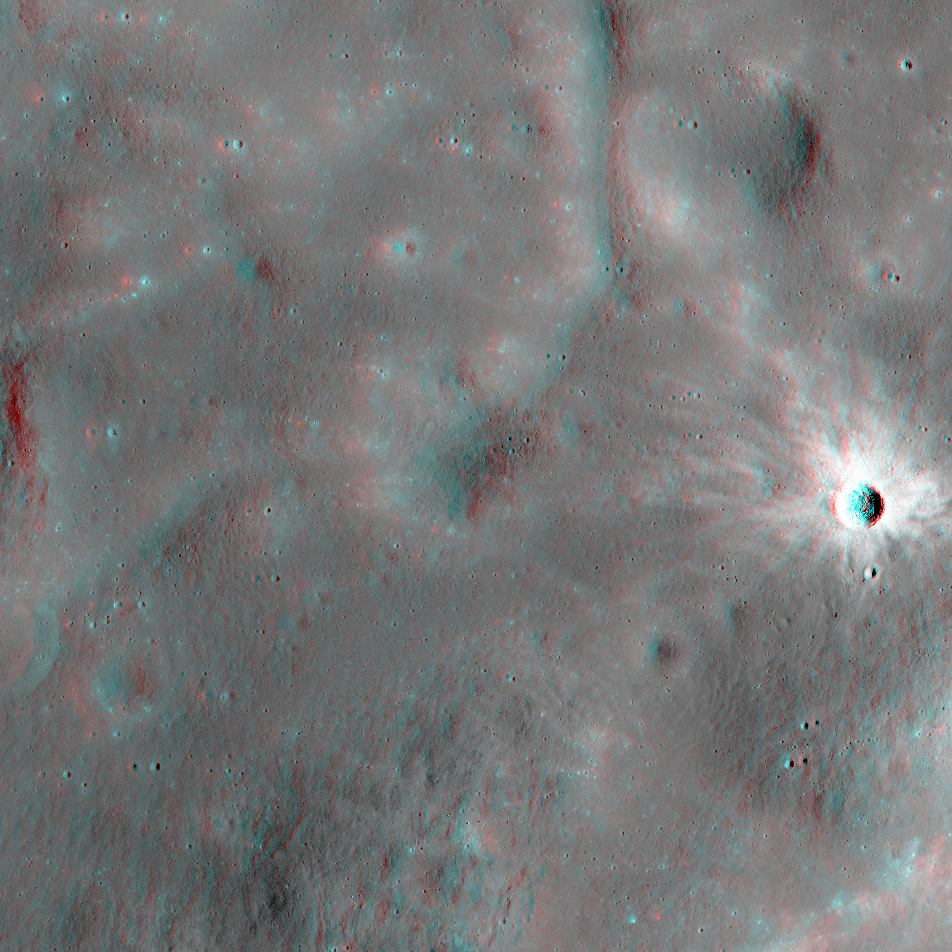
NAC Anaglyph: Haldane Crater
A fractured, bright, and fresh crater stands out on the floor of Haldane Crater, a 35 km diameter crater which has an unusual double-rim morphology on its eastern half. Possibly formed from a second, later impact [NASA/GSFC/Arizona...
Published on 04 Aug 2017

New View of Rare Volcanism on the Moon
The Compton-Belkovich Volcanic Complex central caldera complex was first discovered in LROC images (61.20° N, 100.27° E; WAC mosaic with NAC image M103852760R in the center). Variations in the reflectance values were used to estimate...
Published on 05 Jun 2017

Regolith Porosity from Orbit
Apollo 11 photograph of boot-print in the lunar regolith (cropped version of AS11-40-5878).
Published on 08 Jun 2016

Chappy Oblique
Spectacular oblique view (65° slew angle) of a 1400 m diameter crater that formed on the rim of Chaplygin crater. Delicate lacy fingers of ejecta highlight the hummocky and steep topography around this young crater. The very brightest...
Published on 18 Mar 2016